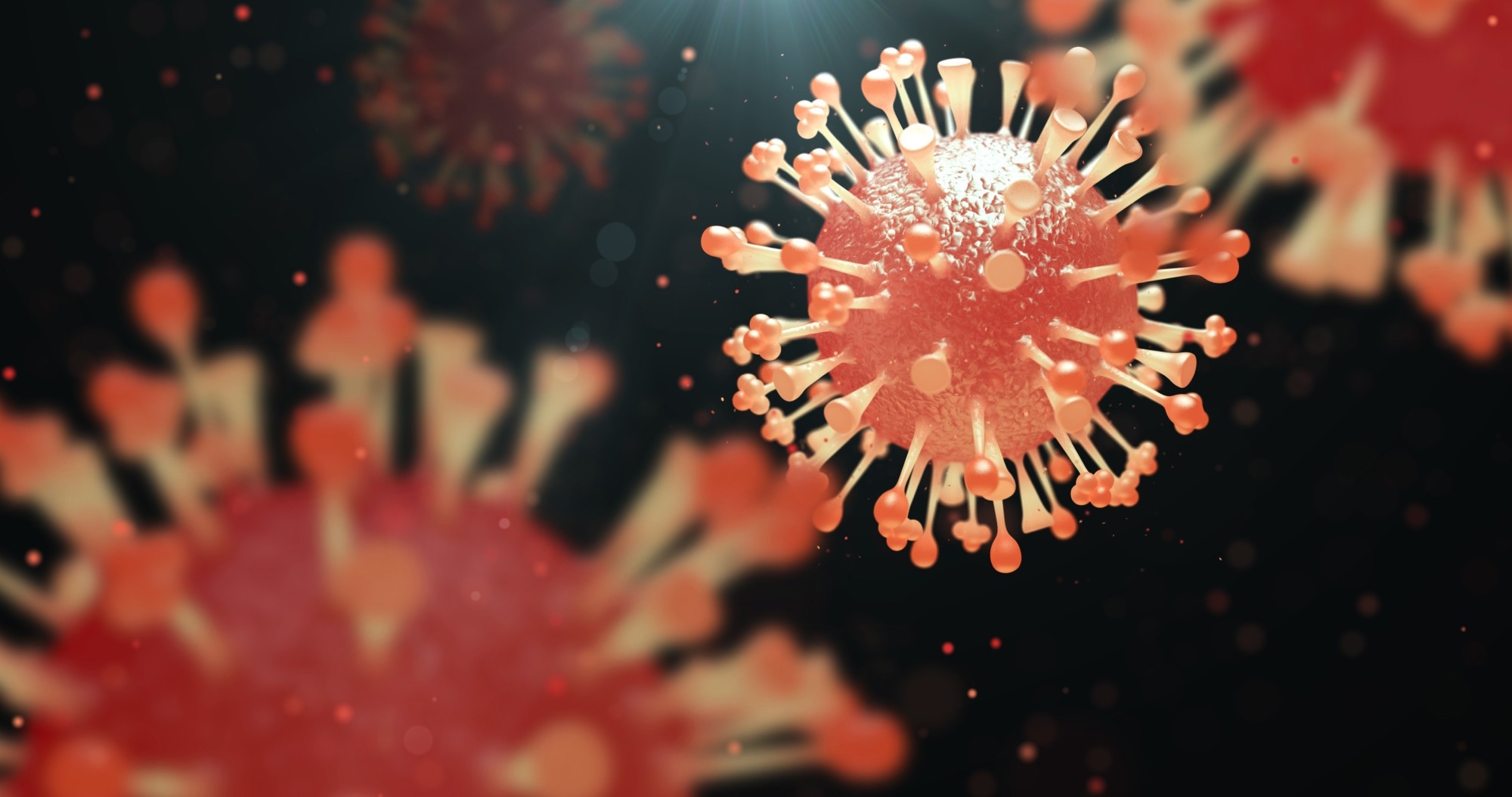In a recent study published in Nature, researchers assessed the role of the airway-to-brain sensory pathways in influenza-induced illness.

Background
Infection with pathogens results in a syndrome characterized by neuronally regulated behavioral and physiological alterations. During infections, immune cells emit a "storm" of cytokines along with other mediators, most of which are sensed by neurons.
Nonetheless, the neuroimmune interactions and neural circuits that elicit illness behavior during naturalistic infections are not well understood. Aspirin and ibuprofen are commonly used over-the-counter pain relievers that work by inhibiting prostaglandin E2 (PGE2) synthesis.
About the study
In the present study, researchers identified a population of glossopharyngeal sensory neurons that detect PGE2 and are crucial for influenza-induced sickness in mice.
The team created a mouse model to investigate the neuronal mechanisms responsible for the behavior of influenza-induced illness. Mice were infected intranasally with the influenza A virus PR/8/34 (H1N1) and observed for 10 to 20 days for the development of typical disease symptoms.
Many kinds of neurons, both central and peripheral, express the EP3 receptor. To investigate the primary site of EP3 receptor action during influenza-induced illness, mice having an allele for Cre-dependent deletion of the EP3 receptor-encoding Ptger3 gene were utilized. The team crossed Ptger3flox mice with Nestin-cre or Advillin-creER mice, which direct Cre recombinase to the majority of central or peripheral neurons and assessed influenza-induced illness behaviors. A minimum of one week before virus inoculation, the team administered tamoxifen to Ptger3flox mice to induce Cre-mediated recombination.
The team employed genetic mapping techniques to identify the central and peripheral projections of gamma-aminobutyric acid receptor subunit alpha-1 (GABRA1) neurons. To observe the global nodose–jugular–petrosal (NJP) projection field, NJP ganglia of Gabra1-internal ribosome entry site (IRES)-cre animals were injected with an adeno-associated virus (AAV) having a Cre-dependent reporter gene producing tdTomato or alkaline phosphatase, or an AAV having a Cre-independent reporter gene encoding a green fluorescent protein (GFP) (AAV-GFP). Then, fibers were visualized in the brain and airways.
Results
Drug Discovery eBook

Wild-type mice infected with influenza displayed reduced food intake, water consumption, movement, body weight, and survival. Six-to-seven days post-infection, the most severe phenotypes appeared in response to viral inoculum concentrations that elevated sickness behavior. Using an enzyme-linked immunosorbent assay (ELISA), influenza infection raised PGE2 levels in plasma and bronchoalveolar lavage fluid (BALF) during the same time.
Acute treatment of PGE2 also suppressed food intake, and fiber photometry studies revealed reduced hypothalamic neuron activity expressing agouti-related peptide (AGRP), which is correlated to a diminished drive to eat rather than a physical inability to eat.
In addition, the team detected a hypothermic response to influenza infection, which is consistent with prior findings in mice. Ibuprofen or aspirin administration to influenza-infected mice lowered plasma PGE2 levels, restored eating, water consumption, and body weight, and increased infection survival. Mice treated with ibuprofen and aspirin maintained low-level declines in eating, drinking, and motility in the absence of raised PGE2, suggesting that alternative neuro-immune communication routes may also contribute to the observed behavioral changes. Nonetheless, ibuprofen and aspirin significantly reduced influenza-induced illness behavior, which was consistent with a major function for cyclooxygenase-2 metabolites within neuroimmune crosstalk.
Treatment with tamoxifen prior to influenza infection had no effect on the subsequent behavior of control mice. Influenza-induced deficits in feeding, drinking, activity, body weight, and survival were mitigated in Advillin-creER; Ptger3flox mice to the same extent as ibuprofen administration but remained in Nestin-cre; Ptger3flox animals. When less lethal quantities of influenza virus were utilized, the deletion of the Ptger3 gene had comparable effects on the onset of illness.
Diverse vagal afferents identified by Cre target spatially confined subregions of the nucleus of the solitary tract (NTS), with some afferent types also contacting the area postrema. The NJP GABRA1 neuronal axons were highly confined in the lateral NTS, were not noted in the region postrema, and were far from NTS areas targeted by axons of other Cre-defined NJP neurons, such as gut-innervating neurons identified by expression of Gpr65 or Glp1r35. These results provide additional support for a model of topographic arrangement in the brainstem, in which neurons communicating the presence of an airway infection are spatially separated from some other interoceptive inputs.
Conclusion
The study results showed that targeted EP3 receptor deletion in sensory neurons alters not only sickness behavior but also immunological response as well as the viral transition from the lower and upper respiratory tract. Knowing the multiplicity of sensory pathways to illness and when they are activated by various pathogen infections will offer a crucial framework for decoding this complicated and little-understood physiological state and may facilitate the development of more effective therapeutics.
- Bin, NR., Prescott, S.L., Horio, N. et al. (2023). An airway-to-brain sensory pathway mediates influenza-induced sickness. Nature. doi: https://doi.org/10.1038/s41586-023-05796-0 https://www.nature.com/articles/s41586-023-05796-0
Posted in: Device / Technology News | Medical Research News
Tags: Allele, Aspirin, Assay, Brain, Cytokines, ELISA, Enzyme, Fluorescent Protein, Food, Gene, Genetic, H1N1, Ibuprofen, Influenza, Metabolites, Mouse Model, Neuron, Neurons, Pain, Pathogen, Phosphatase, Protein, Receptor, Reporter Gene, Respiratory, Ribosome, Syndrome, Tamoxifen, Therapeutics, Virus

Written by
Bhavana Kunkalikar
Bhavana Kunkalikar is a medical writer based in Goa, India. Her academic background is in Pharmaceutical sciences and she holds a Bachelor's degree in Pharmacy. Her educational background allowed her to foster an interest in anatomical and physiological sciences. Her college project work based on ‘The manifestations and causes of sickle cell anemia’ formed the stepping stone to a life-long fascination with human pathophysiology.
Source: Read Full Article



